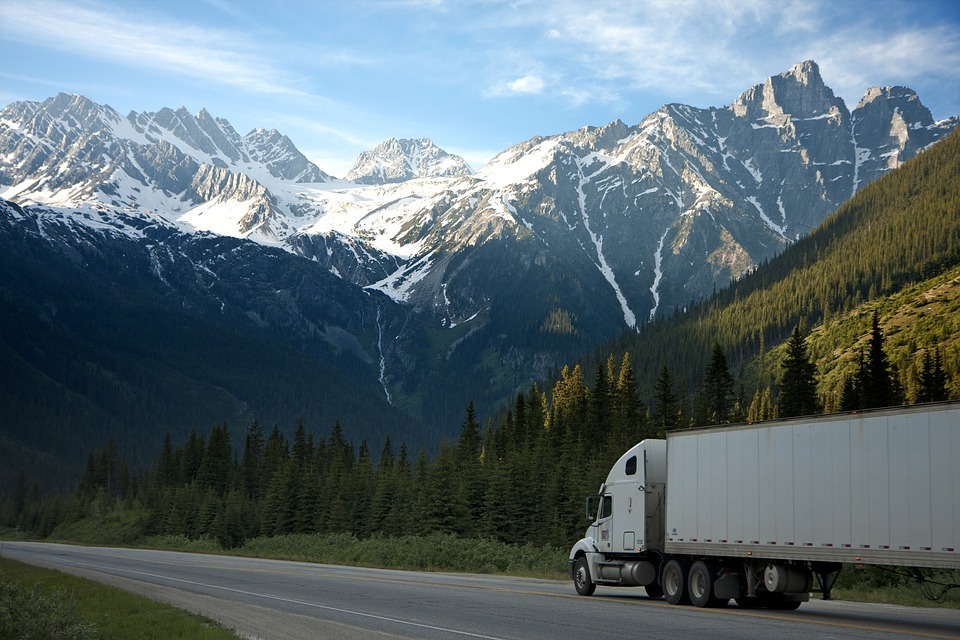Moving across the country is an exciting and daunting process. A new town, new neighbors, and new adventures await along with boxes that need packing and endless to-do lists. So how can you plan a significant move that produces good memories and excitement for the family instead of constant frustration and stress?
Here are several tips to help your relocation go smoothly.
Plan, Plan, Plan
Creating a solid game plan when moving long-distance is the best thing you can do to ensure a stress-free and enjoyable move. Start the planning process a month or two before your move, if possible. The more time you have to think through the details, the better your plan will be.
What exactly should go into a moving plan?
Donations List:
Make a list of items for donation and where they will be donated. This includes items for thrift stores, for neighbors, and finally those for friends and family.
Color Coding:
Create a color-coded room-by-room list of things to move with you. This will make your life easier come time to unpack at your new home. You will know exactly what goes where, and won’t have to deal with the frustration of having your office supplies in the master bathroom.
Important Information:
Compile a helpful spreadsheet of phone numbers, expenses, and important timelines related to moving. This can include information such as,
-
Moving company phone number, payment information, and confirmation numbers
-
Tab for personal expenses including gas, lodging, and meals during the move
-
Emergency numbers, AAA, and moving helplines
Change of Address:
Before the move gets too hectic, create a list of companies to contact for change of address notification. Ensure you update your address for the following,
-
Banks and financial institutions
-
Local DMV
-
Local Post office
-
Health insurance company
Also, don’t forget those monthly subscriptions. You don’t want someone else to get your monthly supply of vitamins or favorite magazine.
To-List:
Create two different to-do lists to ensure you don’t miss a thing. Create before your move and one of the tasks you need to complete at your new home.
Before you hand over your keys be sure to stop water, gas, and electric, and trash service. These details can easily get overlooked.
At your new home, your list should include:
-
Hook up water, gas, and electric
-
Sign up for trash service
-
Change your driver’s licenses (if you haven’t already)
-
Register your vehicles
-
Register children for school
Hire a Moving Company
If you’re going to be using long distance movers, start searching months in advance.
Give yourself time to ask for quotes from at least three companies. Check reviews, ask friends and neighbors for recommendations, compare services, and choose the company with the best reputation.
The movers you hire will be responsible for one of the most significant events in your family’s life. Take time to choose a company with a stellar reputation, customer service people rave about, and prices that are reasonable while staying in line with the monumental task they’ll be accomplishing.
Like most things in life, you get what you pay for.
According to long distance movers in Dallas, companies that offer too-good-to-be-true pricing usually cut costs in places you won’t know about. They might not carry enough insurance, have the experience needed, or subcontract to movers who you’ve never interacted with.
Choose your moving company wisely and if you need to, spend a little more in this area. After all, these are the people responsible for moving 90% of your worldly possessions across the state or nation.
Pack In Advance
To prevent late-night packing sessions and all-day stress fests, begin packing as far ahead as possible.
Start with all non-essentials. Place them in boxes with color-coded labeling to make unpacking easier upon arrival. Non-essentials to pack ahead of time include:
-
Clothing from the opposite season you’re in
-
Tools and garage items that won’t be used
-
Holiday décor
-
Extra bedding, linens, pillows, and curtains
-
Excess towels, washcloths, bathmats
-
Kitchen items you won’t be using
-
Books and library items
Label Boxes and Bins
As you pack up, color code every box and bin according to your master plan. Each room in your house should have a color. Place the appropriate color on boxes containing items from that room.
Color coding makes it easy for movers to place boxes in their corresponding rooms and will help you sort faster when moving into your new residence. Using neon duct tape or bright markers makes color-coding a simple task.
Ensure each color is distinct so boxes cannot be mixed up.
Reduce Moving Expenses
Moving across the country is expensive, there’s little getting around that. However, if you’re moving for your job, your expenses are tax-deductible.
If you fall into this category, keep track of every payment with receipts for tax time including:
-
Moving company costs
-
Moving insurance
-
Lodging
-
Meals
-
Supplies such as boxes, packing tape, bubble wrap, furniture pads, and rope
By keeping an itemized list of your expenses, you’ll have an easier time come tax season and will reduce the amount of your taxable income.
Stress-Free Moving is Possible!
Planning for your move is essential for having a stress-free move. Make sure your master plan includes items such as instructions for the moving company, a list of phone numbers you’ll need, and your color-coding system. Hire professional moving companies, pack ahead, and itemize your costs for tax-time.
By following these simple, straightforward steps, we believe you’ll experience a smooth, low-stress move. Which tip is your favorite?

